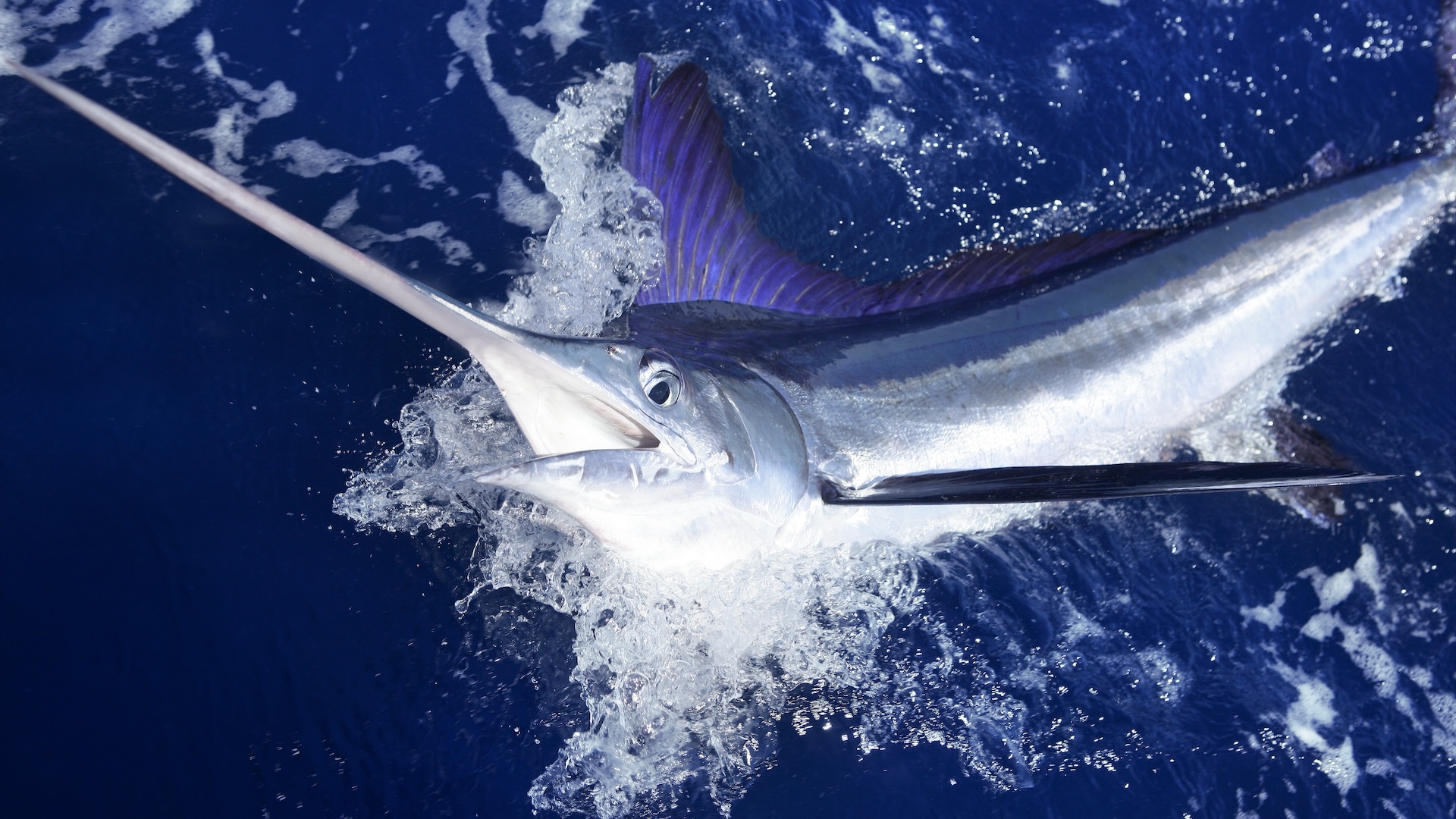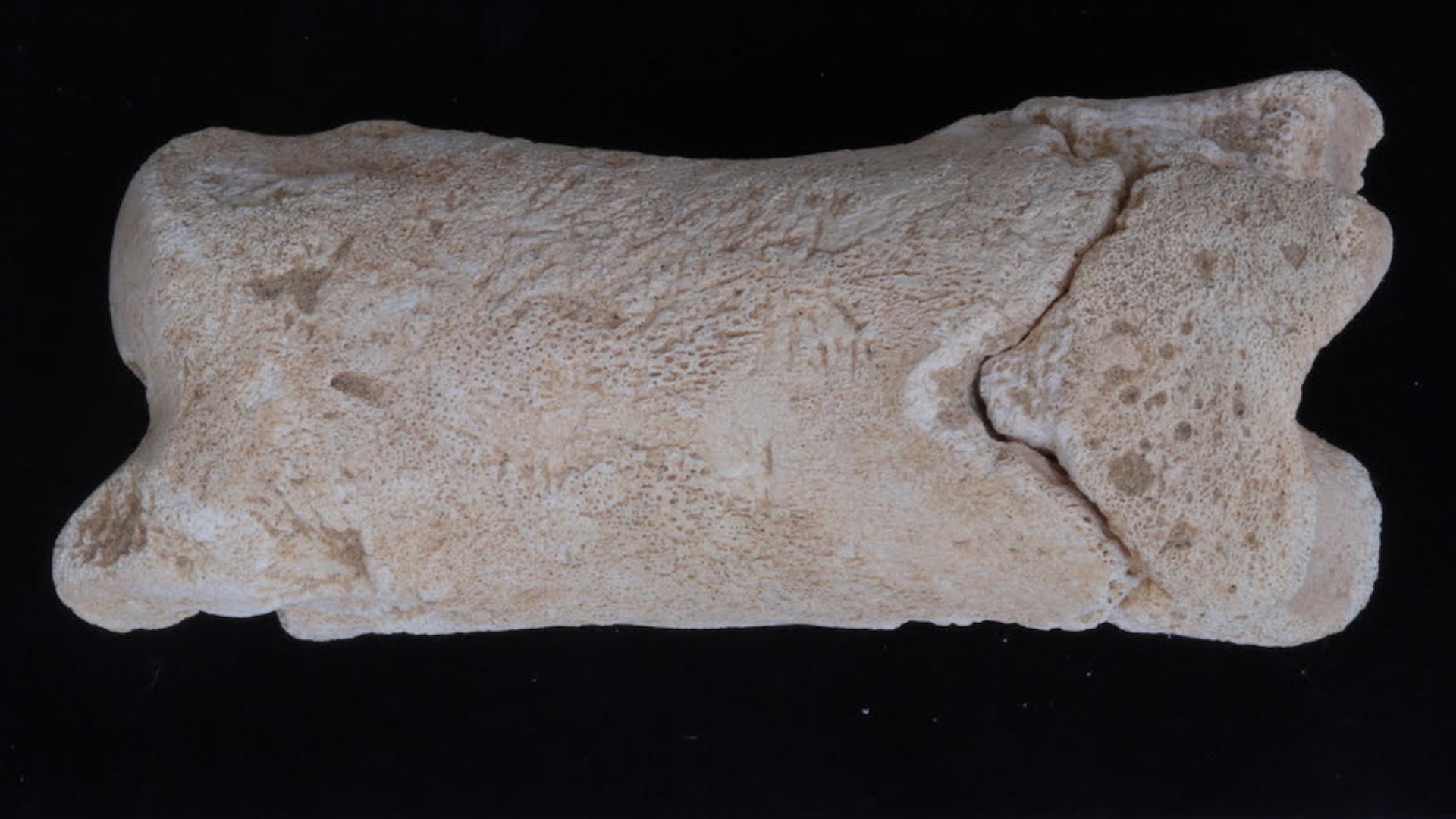The patient: A 31-year old man in Louisiana
The symptoms: When the patient reached the hospital, he was bleeding from the mouth and had severe neck pain and stiffness. Upon examining the man, his doctors noted a tear in the back of his throat on the right side.
What happened next: The man, a sports fisherman, had been brought to the hospital by boat and helicopter after an accident during an ocean fishing trip. He had caught a white marlin (Kajikia albida), a type of large fish with a long pointy “bill,” weighing approximately 60 pounds (27 kilograms). This species can grow up to 180 pounds (82 kg).
As the man leaned over the side of the boat to release the hook from the fish, it jumped and struck him in the mouth with its bill, sending the man tumbling backward into the boat. He felt pain in his neck, which then radiated into his spine.
At the hospital, an X-ray of the man’s upper spine did not reveal any abnormalities. However, his intensifying spinal pain and neck stiffness prompted one of the doctors to order a computed tomography (CT) scan of the same area. In the CT scan, physicians noted “a wedge-shaped, hyperdense object,” they wrote in a report of the case. The object had penetrated the back of the man’s throat and entered his spinal canal. It stuck there, piercing the foramen magnum — a large hole at the base of the skull that the spinal cord passes through.
The diagnosis: The doctors immediately performed surgery on the man to remove the penetrating object. They administered general anesthesia, and the surgeon used retractors — instruments that hold wounds open — to expose the object, which turned out to be the broken tip of a fish bill.
The treatment: The sharp bill fragment was so firmly wedged in the man’s skull that the surgeon had to make an additional incision above the man’s topmost vertebra in order to remove it, pulling it out along the path of entry. It measured about 1.4 inches (3.5 centimeters) long.
After the fragment was removed, the patient was given five different types of antibiotics both to prevent infection from microbes found in the throat and from bacteria that are unique to marine environments. He was discharged eight days later and continued to take multiple antibiotics for the next two weeks.
At his final follow-up visit, the man had fully recovered and showed no lingering neurological symptoms.
What makes the case unique: In 1848, doctors published the first medical case study of a skull injury from a foreign object: a gunpowder explosion had sent an iron bar through the skull of railroad worker Phineas Gage. Gage recovered, but he exhibited personality changes that doctors attributed to his significant brain injuries.
In another notable case, published in 1895, a man had tripped and fallen face-first onto an oilcan. The spout penetrated his cheek and became stuck at the base of his skull, causing temporary incontinence and permanent memory loss.
Since those 19th-century cases, physicians have reported instances of cranial trauma in different parts of the skull and from a variety of objects, including a crochet hook, a pitchfork, a bike key and a harpoon.
This man’s case is the first reported instance of an injury to the foramen magnum, as well as the first injury caused by a fish bill, according to the report.
This article is for informational purposes only and is not meant to offer medical advice.














